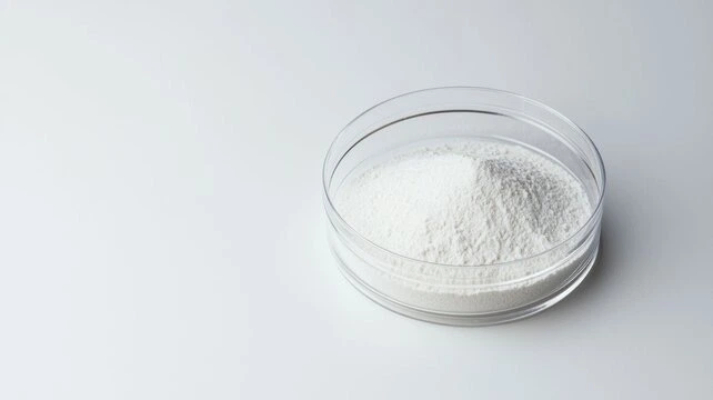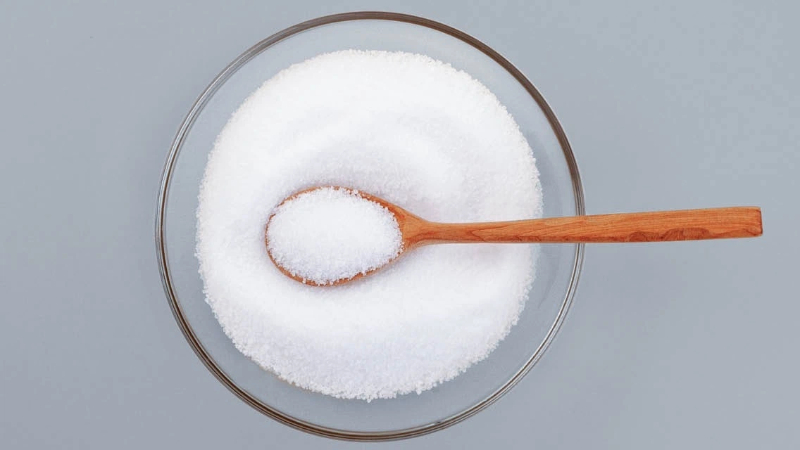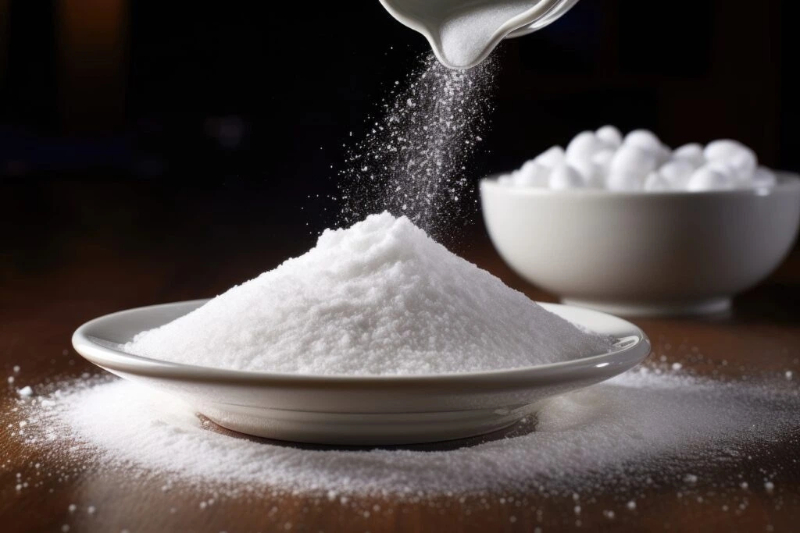







Content Menu
● Chemical Differences Between Aspartame and Sucralose
● Sweetness and Caloric Content Comparison
● Health and Safety Considerations
● Uses in Food, Beverage, and Healthcare Industries
● Additional Notes on Manufacturing Processes
● FAQ
>> 1. Does Splenda contain any aspartame?
>> 2. What makes aspartame different from sucralose chemically?
>> 3. Are there safety concerns with aspartame?
>> 4. Can Splenda be used for baking?
>> 5. How do the calories of aspartame and sucralose compare?
Splenda, a popular artificial sweetener, does not contain aspartame. Instead, it uses sucralose as its active sweetening ingredient. Both aspartame and sucralose are artificial sweeteners but differ significantly in chemical structure, sweetness intensity, uses, and health implications. This comprehensive article covers these differences in detail, focusing on the keyword "Aspartame," while clarifying confusion surrounding Splenda's ingredients. It also discusses the production, safety, and applications of these sweeteners in food, beverage, and healthcare industries.

Aspartame is an artificial sweetener composed of two amino acids— aspartic acid and phenylalanine— linked chemically as a dipeptide. Approved by the FDA in 1981, aspartame is about 200 times sweeter than sucrose (table sugar) but contains approximately 4 calories per gram. Despite having calories, the tiny amounts used in products render its caloric contribution negligible. Aspartame is marketed under names like NutraSweet and Equal and often used in beverages, chewing gums, and various low-calorie foods.
Aspartame has a slightly bitter aftertaste, so it is frequently combined with other sweeteners to achieve a balanced flavor. However, people with phenylketonuria (PKU), a rare genetic disorder, must avoid aspartame because they cannot metabolize phenylalanine, which can cause serious health problems.
Splenda is the brand name for sucralose, an artificial sweetener derived from sucrose (table sugar). Sucralose is produced by replacing three hydroxyl groups in sugar with chlorine atoms. This alteration makes sucralose about 600 times sweeter than sugar and largely indigestible, thus contributing no meaningful calories. Sucralose is combined with fillers such as maltodextrin and dextrose for bulk and stability, but these fillers add minimal calories—about 3 calories per gram of the sweetener mixture.
Unlike aspartame, sucralose is heat stable, which makes it ideal for cooking and baking applications. Splenda's characteristic sugar-like taste, without a bitter aftertaste, contributes to its popularity as a sugar substitute in a wide variety of foods and beverages.

The chemical difference between aspartame and sucralose is fundamental:
- Aspartame is a synthetic dipeptide made from amino acids (aspartic acid and phenylalanine). Its structure includes peptide bonds and it can be broken down by the body into its components.
- Sucralose is a chlorinated sugar molecule derived from sucrose by substituting three chlorine atoms for hydroxyl groups on the sugar molecule, which prevents the body from metabolizing it for energy.
The structural differences contribute to their distinct metabolic pathways, caloric content, sweetness intensity, and stability under heat.
| Feature | Aspartame | Sucralose (Splenda) |
|---|---|---|
| Sweetness | About 200 times sweeter than sugar | About 600 times sweeter than sugar |
| Caloric Content | Contains about 4 calories per gram | Nearly zero calories |
| Heat Stability | Not heat stable; breaks down under heat | Heat stable; suitable for cooking/baking |
| Chemical Makeup | Synthetic dipeptide from amino acids | Chemically modified sucrose molecule |
| Presence in Splenda | Does not contain aspartame | Main sweetening ingredient |
| Typical Fillers | Maltodextrin, dextrose | Maltodextrin, dextrose |
Both aspartame and sucralose have been extensively researched and deemed safe by regulatory authorities like the FDA, EFSA, and WHO when consumed within acceptable daily intake (ADI) levels.
- Aspartame: The ADI for aspartame is 50 mg/kg body weight in the US. Except for people with PKU, aspartame is generally safe. Some people report sensitivity, but conclusive adverse effects have not been demonstrated in the general population.
- Sucralose: Has an ADI of 5 mg/kg body weight. It is not metabolized for energy, contributing almost no calories. Some recent studies suggest possible impacts on gut microbiota, but typical consumption is considered safe.
Aspartame and sucralose are both widely used as sugar substitutes in products such as:
- Diet sodas
- Sugar-free chewing gum
- Low-calorie yogurts
- Sugar-free candies
- Pharmaceuticals and dietary supplements (especially sucralose for tablets and syrups)
Sucralose's heat stability makes it better suited for products requiring baking or cooking, while aspartame is better in cold or room temperature items due to its breakdown under heat.
As a factory specializing in natural sweeteners and functional ingredients, understanding the properties of these sweeteners is crucial for creating tailored formulations for the food, beverage, and healthcare sectors, ensuring safety, taste, and regulatory compliance.
Aspartame synthesis involves biochemical processes coupling amino acids with protecting groups, often using enzymatic or chemical dehydration reactions. This precise synthesis ensures the production of the sweetener with high purity.
Sucralose manufacturing is a multi-step chemical process modifying sucrose, enabling a compound with sugar's sweetness without its calories.
Splenda does not contain aspartame; its primary sweetener is sucralose. Aspartame and sucralose differ fundamentally in chemical makeup, sweetness intensity, caloric content, and heat stability. Aspartame, a dipeptide, is metabolizable and contains calories, whereas sucralose is a chlorinated sugar derivative, non-metabolizable, and calorie-free. Both have been approved as safe for consumption within recommended limits. Knowing these distinctions is vital for manufacturers and consumers when selecting sweeteners for dietary, taste, and health purposes.

No, Splenda contains sucralose as its sweetening ingredient and does not contain aspartame. Both are distinct artificial sweeteners used in different products.
Aspartame is a synthetic dipeptide composed of two amino acids, while sucralose is a chemically altered sugar molecule with chlorine atoms replacing hydroxyl groups.
Aspartame is safe for most people except those with phenylketonuria (PKU), who must avoid it due to its phenylalanine content.
Yes, sucralose is heat stable, making Splenda suitable for cooking and baking, unlike aspartame which breaks down under heat.
Aspartame contains about 4 calories per gram but is used in very small amounts, while sucralose contributes virtually no calories because it is not metabolized by the body.
[1](https://people.chem.umass.edu/cmartin/Courses/Chem250/Sugars/index.html)
[2](https://www.fda.gov/food/food-additives-petitions/aspartame-and-other-sweeteners-food)
[3](https://www.chemicalbook.com/article/sucralose-vs-aspartame.htm)
[4](https://www.verywellhealth.com/sucralose-vs-aspartame-7551717)
[5](https://pmc.ncbi.nlm.nih.gov/articles/PMC3982014/)
[6](https://www.americanscientist.org/article/legally-sweet)
[7](https://www.healthline.com/nutrition/sucralose-vs-aspartame)
[8](https://www.acs.org/content/dam/acsorg/education/resources/highschool/chemmatters/archive/chemmatters-oct2011-sweeteners-brownlee.pdf)
[9](https://www.getlabtest.com/news/post/sucralose-vs-aspartame-guide)
[10](https://www.sciencedirect.com/science/article/pii/S0092867425004568)
